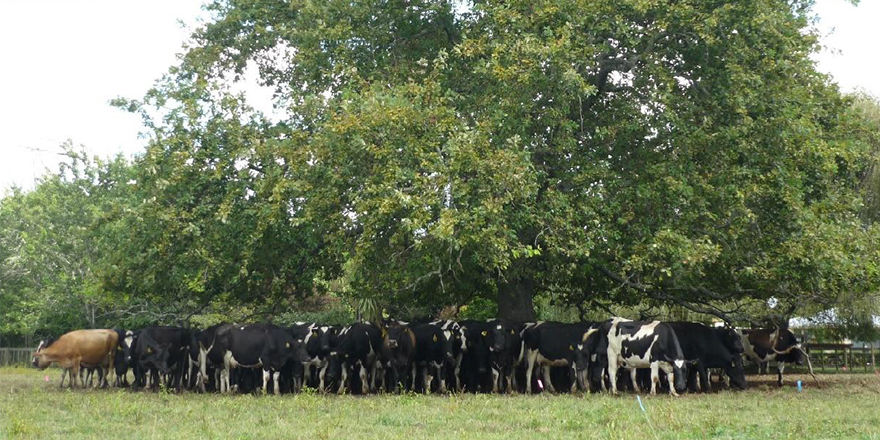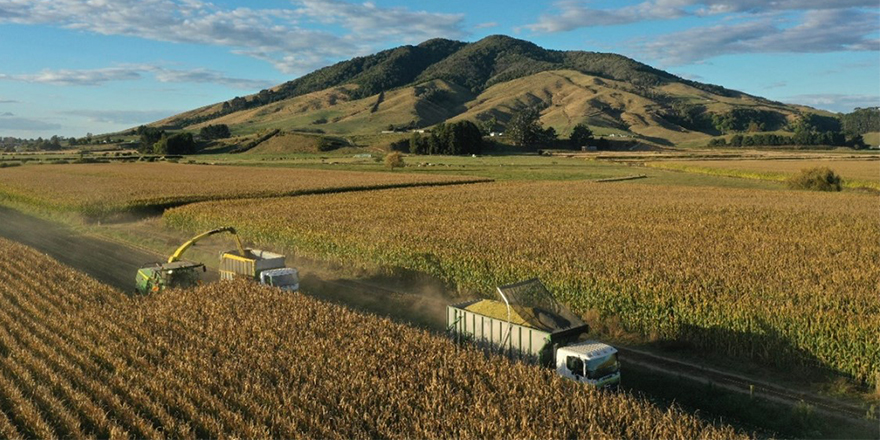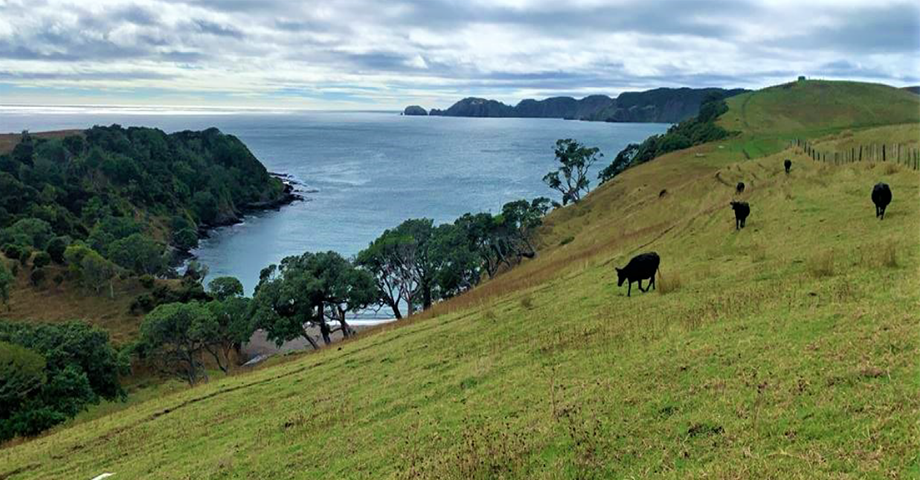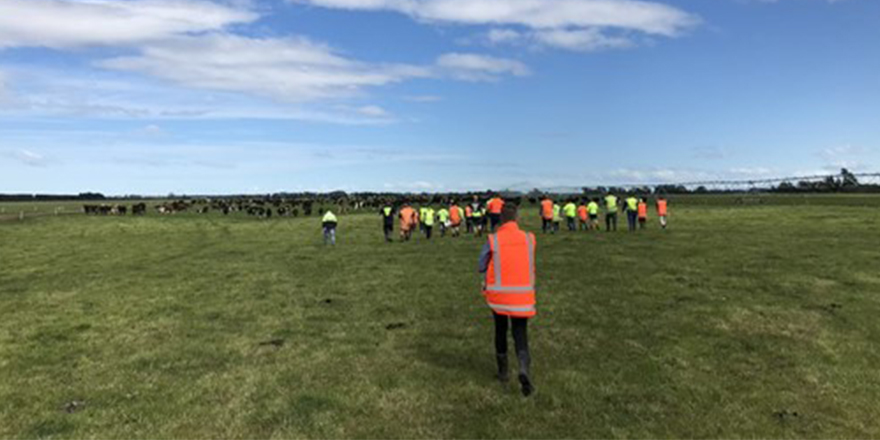Executive Summary
Trading systems, as a tool to reallocate nutrient emissions are currently underutilised in New Zealand. This is primarily due to the under development of the underlying water management policies and regulations required for a trading system to operate effectively.
Water quality must be more proactively managed if we are to reach the goal of having 90% of New Zealand’s rivers and lakes swimmable by 2040.
As water management policies are developed the use of trading systems to manage discharge allowances is expected to become more prevalent. But a trading system alone is not a viable solution. A trading system can be used as part of a wider structure for managing water quality. It is also not the only solution available to councils, but it is one that is favoured by economist due to its ability to efficient price and allocate scarce resources.
For a trading system to operate efficiently it must be designed in a way that it is fit-for-purpose and is embraced by potential users. Education plays a huge part in the success of any trading system. This education needs to encompass the underlying purpose or problem which the system is attempting to mitigate, as well as the practicalities of how the system itself operates.




